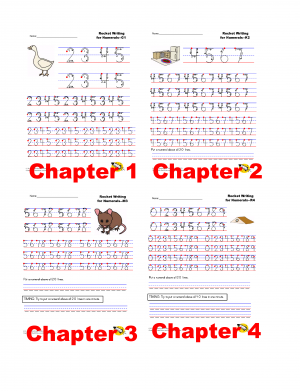Julie asks:
Hi Don, My staff has a question about which operation to start with. In our district, we have data that shows students are struggling with subtraction. We really want to put emphasis on getting the subtraction facts memorized. What are your thoughts about 3rd grade starting with subtraction in the beginning of the year and switching to multiplication the second half of the year regardless of having completed Z in subtraction? Thanks!
Dr. Don answers:
Dear Julie,
Your teachers are right that a lot of students may not be fluent with subtraction facts. There are several reasons for that. And yes, it would be possible to start with subtraction in 3rd grade and then switch to multiplication as students finish, or by mid-year at the latest. But I would not recommend it because you will then have a problem with not every child getting through multiplication in 3rd grade, which results in a similar problem in fourth grade. What would be better would be to get every second grader fluent in subtraction facts before 3rd grade.
Why? It is important to understand the problem before specifying the solution. Students have trouble learning subtraction facts primarily because they have not achieved automaticity in addition facts first. And why aren’t they automatic in addition facts? Usually because they didn’t start early enough and work on addition facts long enough in first grade to get to automaticity with addition facts.
A second reason students don’t master subtraction during grade 2, happens when the school doesn’t keep track of folders from first grade. If students have to start completely over with addition in second grade, they don’t have enough time (if they are a child who needs a bunch more time to learn facts) to get through both addition and subtraction. They go slowly through addition again, and don’t get into subtraction until well after the middle of the second grade. So the first push is to try to get everyone passing subtraction in 2nd grade.
What you don’t want to do is start over again in subtraction in third grade and struggle through that all year and then not have enough time to master multiplication in third grade. Because multiplication facts are so important, it would be better to do the reverse. Start with multiplication in third grade–because it has priority–and then for those who finish multiplication allow them to “go on” to subtraction. It is much better to start fourth grade strong in multiplication facts (even if you still count on your fingers for subtraction) than to be a fourth grader who is strong in subtraction, but unable to answer multiplication facts!










